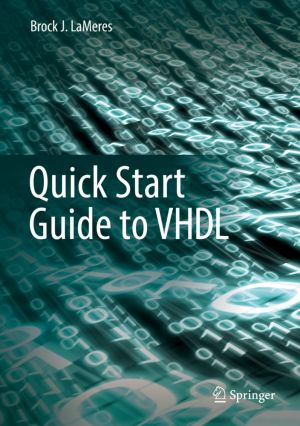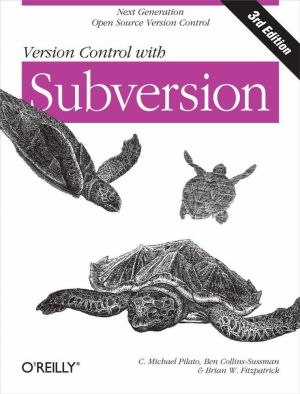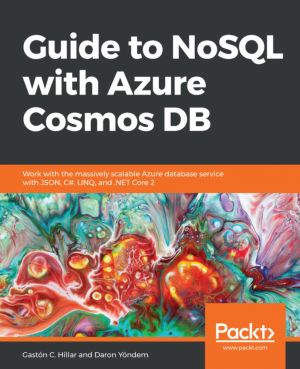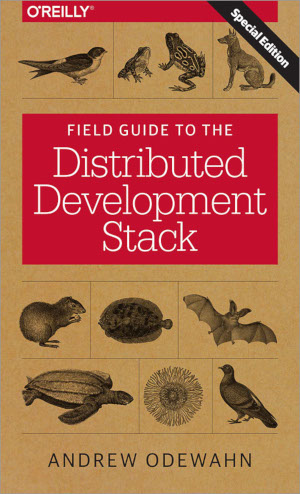Quick Start Guide to Verilog
by Brock J. LaMeres
DescriptionDetailsHashtagsReport an issue
- Written the way the material is taught, enabling a bottom-up approach to learning which culminates with a high-level of learning, with a solid foundation;
- Emphasizes examples from which students can learn: contains a solved example for nearly every section in the book;
- Includes more than 200 exercise problems, as well as concept check questions for each section, tied directly to specific learning outcomes. 






Book Description
This book provides a starter's guide to Verilog, to be used in conjunction with a one-semester course in Digital Systems Design, or on its own for readers who only need an introduction to the language. This book is designed to match the way the material is actually taught in the classroom. Topics are presented in a manner which builds foundational knowledge before moving onto advanced topics. The author has designed the presentation with learning goals and assessment at its core. Each section addresses a specific learning outcome that the student should be able to "do" after its completion. The concept checks and exercise problems provide a rich set of assessment tools to measure student performance on each outcome.- Written the way the material is taught, enabling a bottom-up approach to learning which culminates with a high-level of learning, with a solid foundation;
- Emphasizes examples from which students can learn: contains a solved example for nearly every section in the book;
- Includes more than 200 exercise problems, as well as concept check questions for each section, tied directly to specific learning outcomes.
This open book is licensed under a Creative Commons License (CC BY). You can download Quick Start Guide to Verilog ebook for free in PDF format (15.3 MB).
Book Details
Title
Quick Start Guide to Verilog
Subject
Engineering and Technology
Publisher
Springer
Published
2019
Pages
195
Edition
1
Language
English
ISBN13
9783030105518
ISBN10
3030105512
ISBN13 Digital
9783030105525
ISBN10 Digital
3030105520
PDF Size
15.3 MB
License

Related Books

This book provides a starter's guide to VHDL. This book can be used in conjunction with a one-semester course in Digital Systems Design or on its own for designers who only need an introduction to the language. This book is designed to provide a bottoms-up approach to learning the VHDL language. This design supports a course in which foundatio...

Blazor, A Beginners Guide is intended for developers with some .NET experience. If you're coming from a non-.NET development background, you may learn some .NET basics along the way, but supplemental material around C# and .NET would be of great help to you.
The book begins with the author's own perspective on WebAssembly, why it'...

Written by members of the development team that maintains Subversion, this is the official guide and reference manual for the popular open source revision control technology. The new edition covers Subversion 1.7 with a complete introduction and guided tour of its capabilities, along with best practice recommendations.
Version Control with Subve...

Cosmos DB is a NoSQL database service included in Azure that is continuously adding new features and has quickly become one of the most innovative services found in Azure, targeting mission-critical applications at a global scale. This book starts off by showing you the main features of Cosmos DB, their supported NoSQL data models and the foundatio...

A Practical Guide to TPM 2.0: Using the Trusted Platform Module in the New Age of Security is a straight-forward primer for developers. It shows security and TPM concepts, demonstrating their use in real applications that the reader can try out.
Simply put, this book is designed to empower and excite the programming community to go out and do co...

When you explore a new technology landscape, the journey can take you to places you never expected. Take O'Reilly's CTO, Andrew Odewahn. While working on ideas for a new publishing platform, Andrew kept notes as he probed the depth and breadth of what we call the "distributed development stack" (DDS).
As patterns emerged, and...

